While the Chip and Pin Programme has hailed the first weekend of using the new technology a success, many in the forecourt sector have encountered problems.
From January 1, the liability has shifted in the way fraudulent transactions are managed. Any transaction from the start of this year that has not been accepted via an approved chip and pin terminal will be charged back to the retailer.
However, retailer and Garagewatch founder Mark Bradshaw believes the whole chip and pin system is backfiring. “I think they should have retained the need for a signature as well as the pin number because we’ve had customers come in saying it’s their friend’s card and they know the pin number for it.”
Paul Sykes, managing director of Shaw Petroleum, said: “Nobody seems to have considered forecourts with their night pay windows where it’s difficult to get the terminal to the customer.”
The new scheme is the result of banks, building societies, retailers, card schemes and card issuers having joined forces to combat the problem of credit and debit card fraud. The resulting UK Chip and Pin Programme claims that more than three quarters of the UK’s cardholders now have at least one chip and pin card and 40 chip and pin transactions are taking place each second. More than eight out of 10 retailers also have the new terminals. Chip and pin cards will continue to be issued in 2005, and cardholders can continue to use non-chip and pin cards in all outlets, and will be asked to sign for goods. Paul Smith from the British Retail Consortium, one of the organisations involved in the rollout of chip and pin, said: “Some businesses have asked for clarification following recent inaccurate press reports. We can categorically state that if they have chip and pin terminals in store, they’re covered from the cost of card fraud whether people enter their pin or their signature, as long as they carry out the usual checks. Banks will also continue to pick up the cost of all card fraud committed on old style non-chip and pin cards.”










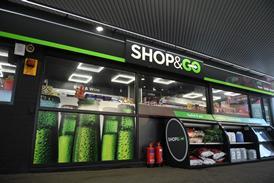

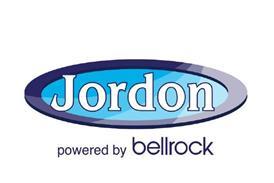
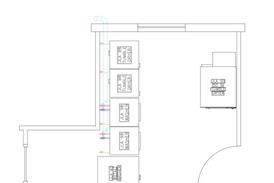



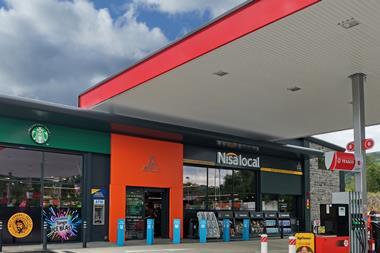




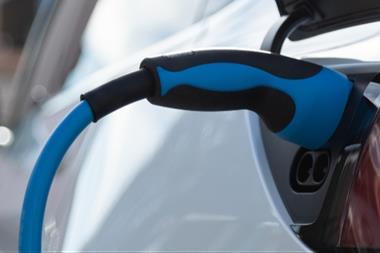






No comments yet